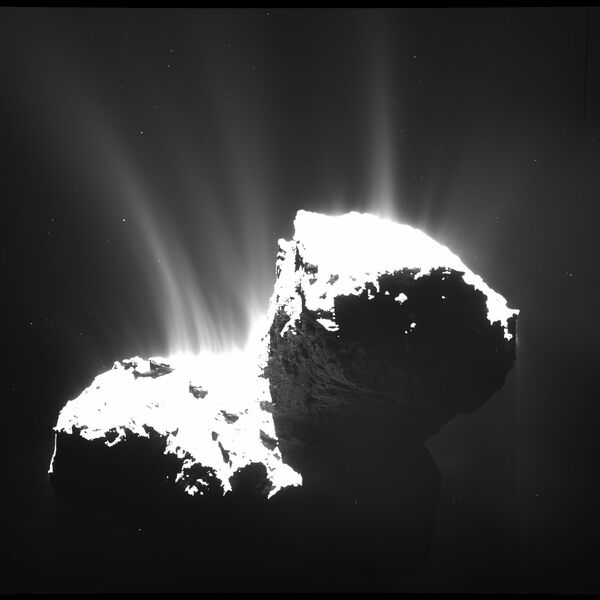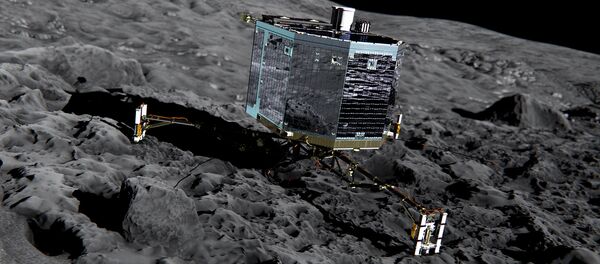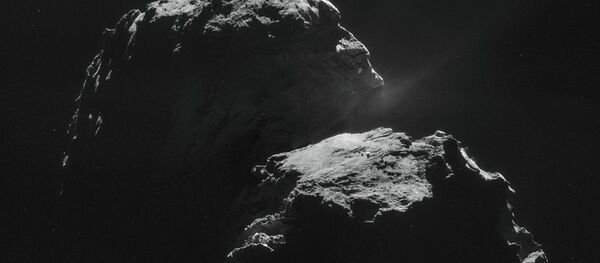"We’ll be able to monitor the decline in the comet’s activity as we move away from the Sun again, and we’ll have the opportunity to fly closer to the comet to continue collecting more unique data. By comparing detailed ‘before and after’ data, we’ll have a much better understanding of how comets evolve during their lifetimes."
The mission had been scheduled to finish at the end of December 2015, but on Tuesday the ESA gained approval to continue the project for another nine months, after which Comet 67P/Churyumov-Gerasimenko will move further from the Sun, leaving Rosetta without enough solar power to run its set of scientific instruments.
Rosetta, was launched in March 2004 and executed a flyby of Mars in 2007, before passing Mars' orbit to reach the asteroid belt and observe the asteroid Steins in 2008. In 2010 it observed the asteroid Lutetia, which is ten times larger than Steins.
Solar-powered Rosetta, then beyond the orbit of Jupiter some 800 million km from the Sun, went into deep space hibernation for 31 months before it woke up in January 2014, when its orbit brought it back to within 673 million km of the Sun.

"But there is still a lot to do to confirm that this end-of-mission scenario is possible. We’ll first have to see what the status of the spacecraft is after perihelion and how well it is performing close to the comet, and later we will have to try and determine where on the surface we can have a touchdown."
Rosetta arrived at Comet 67P/Churyumov-Gerasimenko in August 2014. The comet, which completes an orbit of the Sun once every 6.5 years, is currently on its approach to the Sun and is set to reach its closest point, called perihelion, on August 13.



